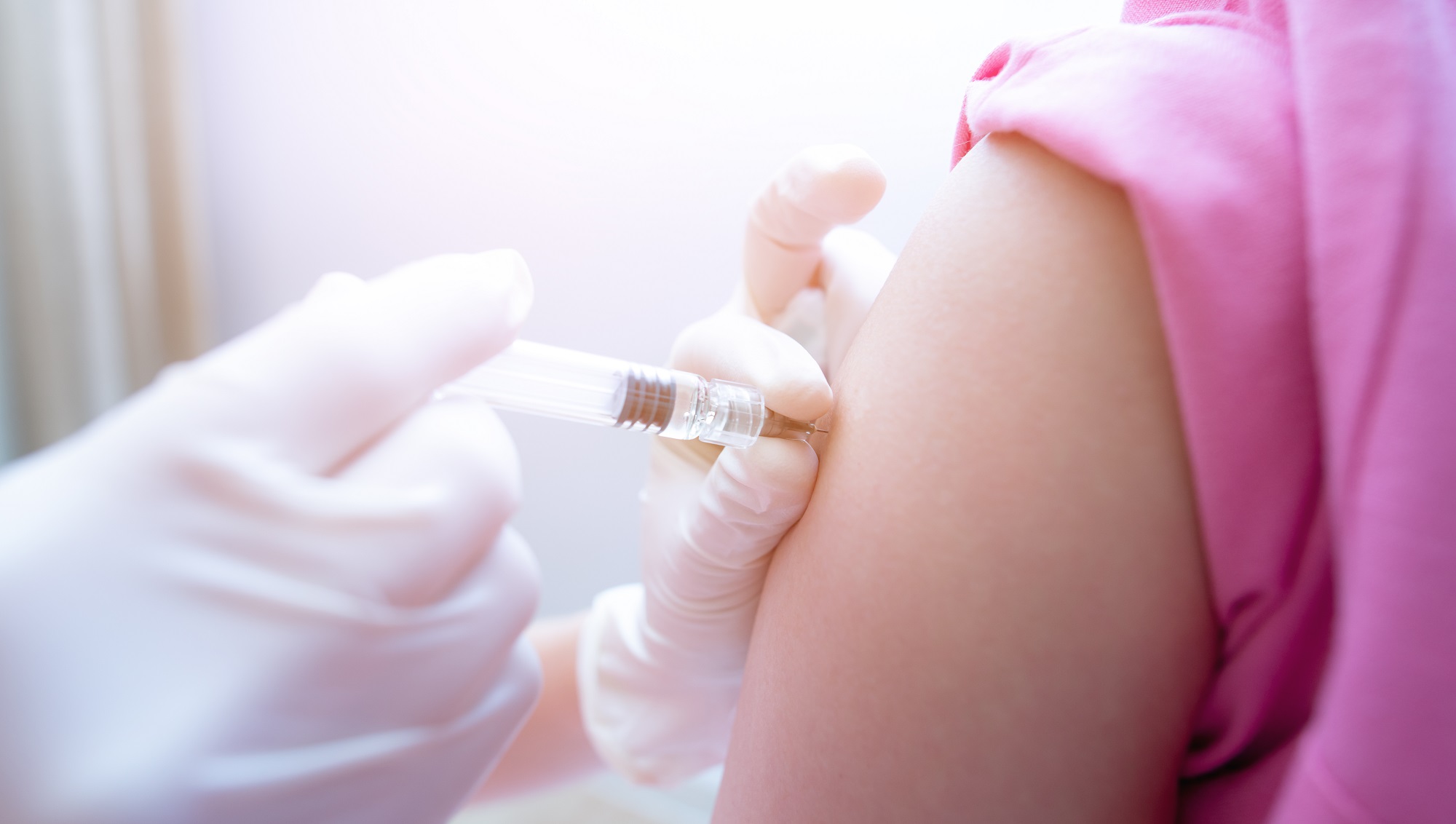The transgender community has special medical needs, which are met and addressed by professionals specializing in New York Transgender Medicine. One of these needs is gender dysphoria caused by a difference in your body and gender identity. To address this, specialists provide feminizing hormone therapy services. The treatment is aimed at altering hormone levels to match those of the target gender.
Despite the popularity of hormone therapy in the transgender community, many people don’t understand it. This post highlights its meaning, benefits, and risks.
Why Is It Done?
Feminizing hormone therapy, which is also called cross-sex hormone therapy, is designed to change your hormone levels to match your gender identity. It is typically sought by people with gender dysphoria, otherwise defined as being in distress over a difference between the sex they were assigned at birth and their expressed gender.
If the therapy begins before you go through puberty, you may be able to develop as your preferred gender. The ideal age for treatment for an adolescent is usually 16. It is important to note that the therapy is not typically used in children.
The purpose of feminizing hormone therapy is to raise or lower and maintain your hormone levels to the normal range of the target gender. This distinction is important as it helps avoid unprecedented risk. Generally, therapy can result in the following:
- Improved gender dysphoria
- Improved social interactions and functioning
- Increased sexual satisfaction
- Reduced emotional and psychological distress
- Improved quality of life
What Can You Expect During and After the Therapy?
In most cases, feminizing hormone therapy begins by you taking 100 to 200 milligrams of Aldactone, diuretic spironolactone, daily. This works by suppressing testosterone production and blocking your male sex hormones. You may begin taking estrogen after six to eight weeks, which can be presented in a wide range of methods such as a cream, pill, or injection.
Typically, you will begin to notice results within weeks or months of hormone therapy. The changes, which will follow different timelines, could include:
- Testicular atrophy
- Reduced muscle mass
- Body fat redistribution
- Decreased libido and spontaneous erections
- Softer skin
- Decreased body and facial hair growth
- Breast development
It will likely take up to two years for most of these changes to take full effect.
Possible Risks of the Procedure
Although feminizing hormone therapy has its benefits, it is important to note that it is not ideal for all transgender women. Most doctors will advise against the treatment if you have a thromboembolic disease, hormone-sensitive cancer, or significant and uncontrolled mental health issues.
If your doctor discourages you from getting the treatment, it might be because feminizing hormone therapy could expose you to some risks, which might include:
- Weight gain
- Infertility
- Type 2 diabetes
- Deep vein thrombosis
- Pulmonary embolism
- Erectile dysfunction
- High blood pressure
- High potassium
- Hyperprolactinemia, or excessive prolactin in your blood
You should always discuss the possibility of these risks with your doctor before proceeding with feminizing hormone therapy.
Talk to a Transgender Medicine Specialist
If you are considering feminizing hormone therapy, you should discuss the possible risks and benefits with your doctor. Matt Pabis, MD, and his team of experts are dedicated to addressing the unique medical needs of transgender women and men. Contact them today to schedule an appointment.













Comments